When several meteors flash or seem to radiate from the same point in the sky, it is called a meteor shower. They are usually named for the constellation in which their radiant appears.
Usually, meteor showers are caused by debris from comets. Our planet moves through these debris trails, and as such, meteor showers occur.
These events happen all the time, though there are certain times when they can be best seen or when certain meteor showers occur. The Geminid meteor shower is among the most famous of these celestial events.
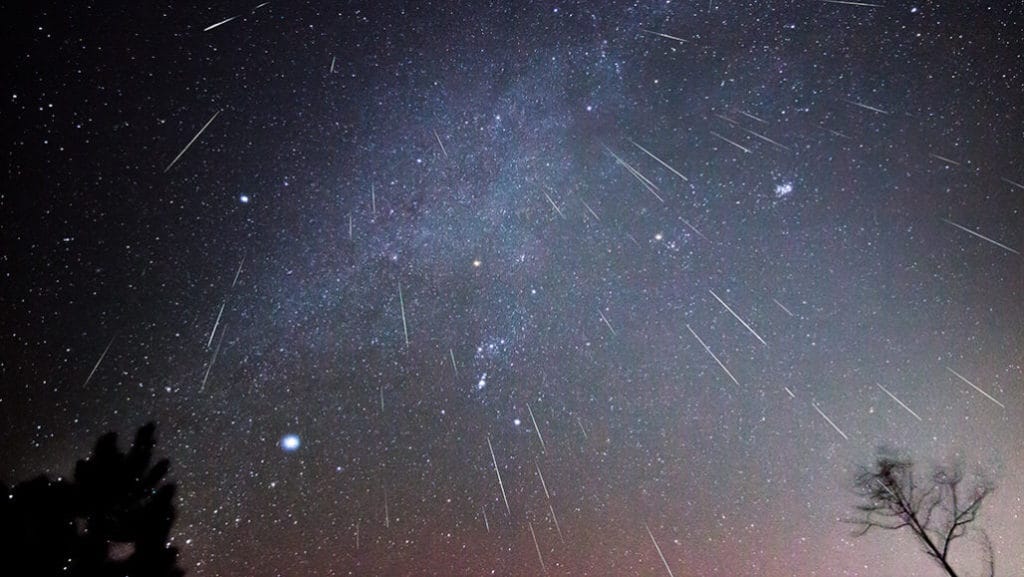
Finding any type of meteor on Earth is rare, but if you are lucky enough, many scientists offer significant sums per meteor gram. As such, if you want to find out more about the Geminid meteor shower, here are some facts.
The Geminid Meteor Shower Occurs In December
The debris of comets causes most meteor showers. In the case of the Geminid meteor shower, its origin is the 3200 Phanteon asteroid. It usually occurs through December, beginning around the 7th of December and peaks on the 13th/14th.
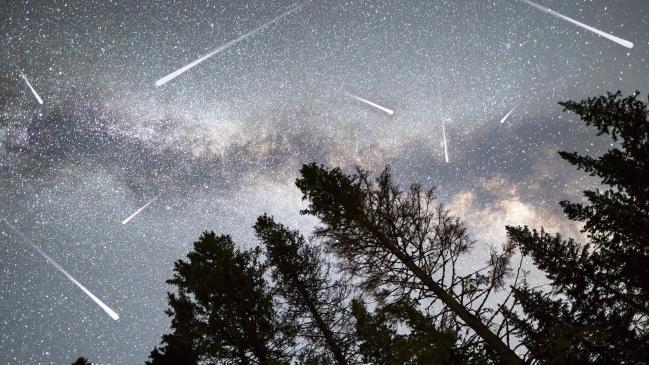
During its peak, around 50-80 meteors can be seen per hour. However, recent observations suggest that each year the intensity of the Geminids seems to be increasing. Some have recorded as many as 120-160 meteors per hour during the event.
The Geminids are named after the constellation of Gemini
Meteors during this event seem to radiate from the constellation of Gemini, hence the name. But they are caused by Earth’s crossing through the dusty trail of the 3200 Pantheon asteroid.
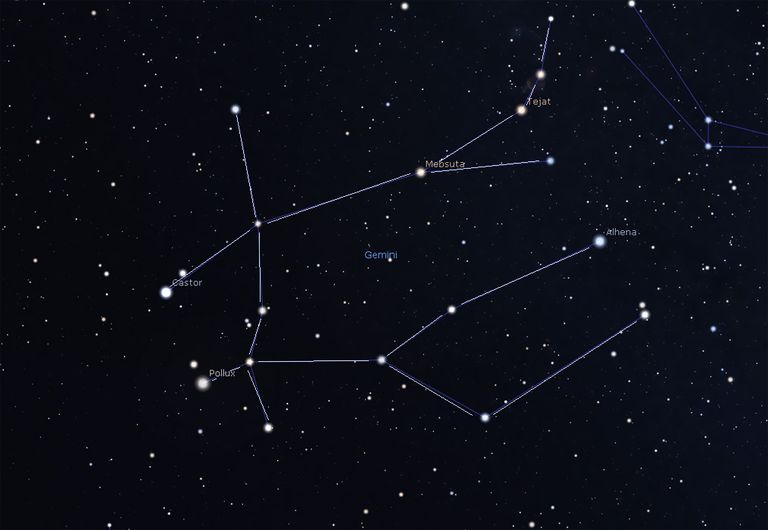
Most of these meteors enter and are incinerated in Earth’s atmosphere, producing the beautiful Geminids Meteor shower.
The Geminids are unique
This meteor shower is unique in the solar system because most meteor showers are associated with active comets, while the Palladian asteroid 3200 Phanteon causes the Geminids.
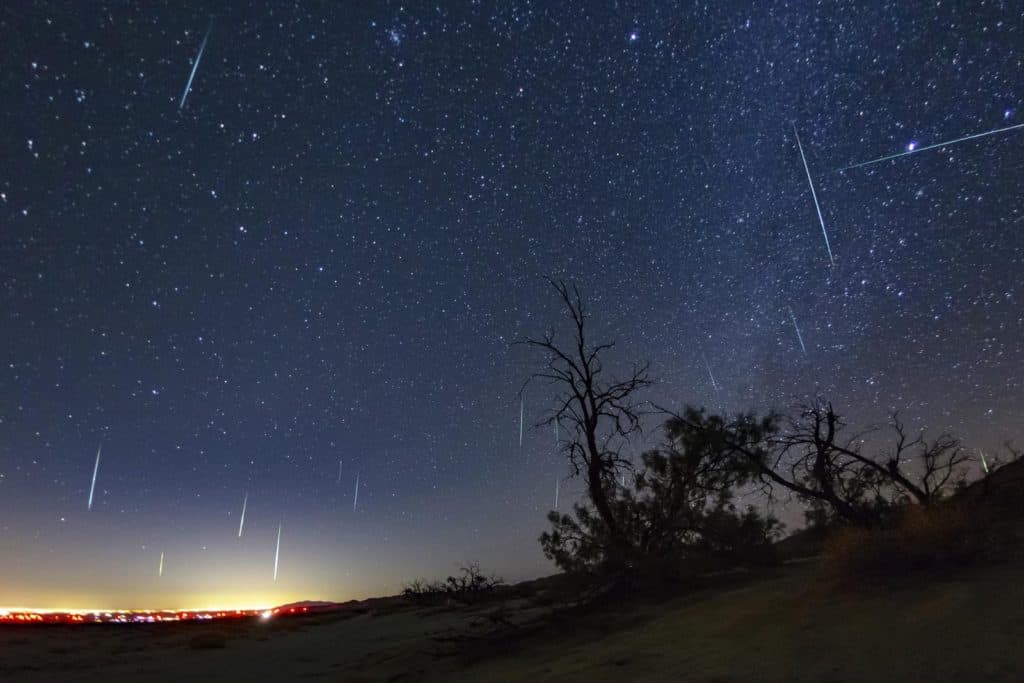
It is believed that when Phaeton was young, it got caught in Saturn’s orbit and now passes by the Earth every year, leaving behind its debris trail.
Recent estimates suggest that the asteroid will make its closest approach in 2093, passing within 3 million km / 1.8 million mi by Earth. Some observers have noted that the Geminids appear to move more slowly than other meteors.
The Geminids can be viewed from everywhere
The Geminids are among the few meteor showers that can be seen from both the northern and southern hemispheres. They can reach deeper and burn lower in Earth’s atmosphere than many other meteor storms, creating fantastic long arcs that can last for up to two seconds.
If you want to observe the Geminids, locate the constellation of Gemini by finding Orion, and then follow a line north through the stars Rigel and Betelgeuse.
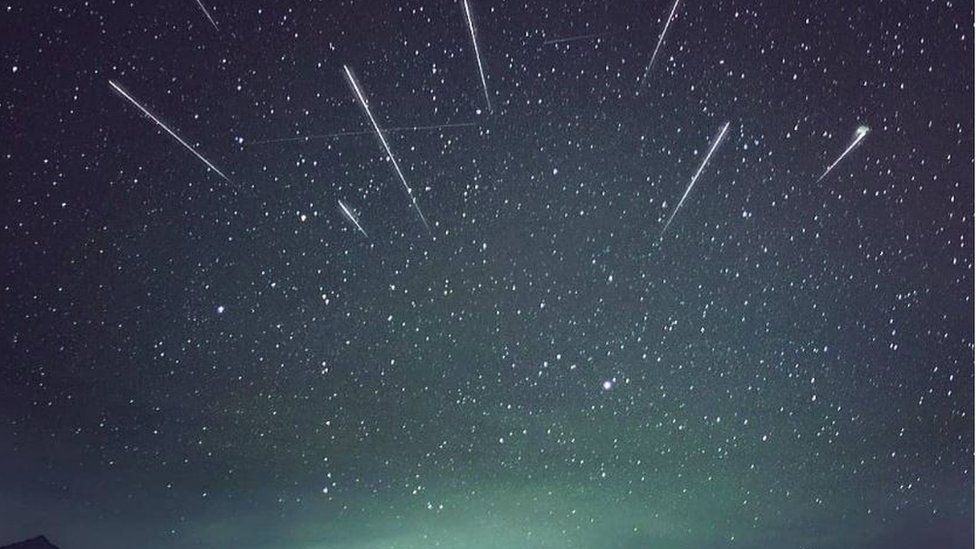
This zodiacal constellation has two parallel lines of stars representing the famous twins from Greek mythology, Pollux, and Castor. Under the right conditions, the Geminids can be viewed much earlier than other meteor showers at around 9 pm. However, they gain strength between midnight and dawn, peaking at about 2 am.
Optical aids such as telescopes or binoculars aren’t really necessary for vieweing the Geminids. However, they will help in observing the greater numbers of meteors, and their colors will appear more vividly.
The Geminids are quite colorful
The colors produced by the Geminids are among the most beautiful. These meteors appear to glow white while they can also appear yellow, blue, red, and green.
This meteor shower was first discovered in 1862, but its parent asteroid 3200 Phaeton wasn’t identified for almost another 150 years, in 1983. The Geminids appeared shortly before the U.S Civil War, but they received little attention since the shower was weak. Nothing hinted at the fact that the Geminids would become a major display in the sky.
Recent observations estimated that around 85% of Geminids burn up at approximately 40 to 55 miles above Earth’s surface, and around 15% of them get below 40 mi altitude.
They go deeper into the atmosphere than the Perseids because they are moving slower – at 78.000 mph while the Perseids are at 130.000 mph. Another reason for their greater descent is the fact that they are made up of denser materials.
The Geminids have an exciting origin
The nature of the Phaeton asteroid is still debated, in the sense that it is either a near-Earth asteroid or an extinct comet, sometimes called a rock comet.
Another object, 2005 UD, which is an Apollo asteroid, has a dynamically similar orbit to Phaeton, leading some to believe that the two were once part of a larger body that split apart or collided with another asteroid.
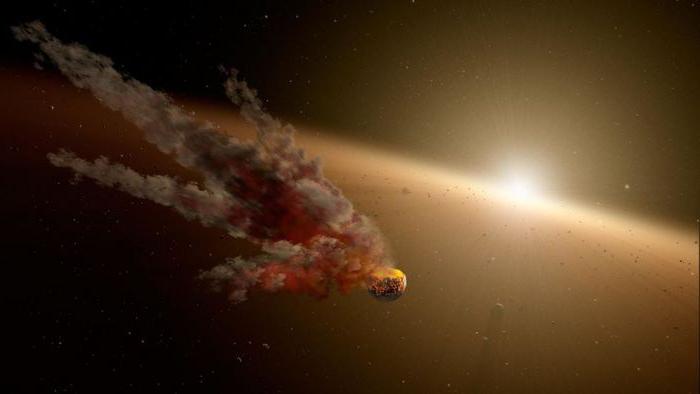
As such, the Geminids may originate from a long-ago breakup or collision event. When we compare the Geminid meteor shower’s mass to any other meteor shower, whatever happened back then must have been pretty spectacular.
Image sources:
- https://www.sciencenews.org/wp-content/uploads/2019/12/121119_mt_parker_feat-1028×579.jpg
- https://cdn.newsapi.com.au/image/v1/292c6a317450bd190e8bce5e84168e2c?width=650
- https://www.thoughtco.com/thmb/ziSusuQHCrJyhUFOSVQwWwaOnf8=/768×0/filters:no_upscale():max_bytes(150000):strip_icc()/gemini-5851b2035f9b586e02590789.jpg
- https://api.time.com/wp-content/uploads/2019/12/geminids-meteor-shower-2019.jpg
- https://ichef.bbci.co.uk/news/976/cpsprodpb/E998/production/_104800895_geminidsteven.jpg
- https://api.time.com/wp-content/uploads/2018/12/geminid-meteor-shower.jpg?w=800&quality=85
- https://i0.wp.com/syl.ru/misc/i/ai/288016/1575450.jpg
